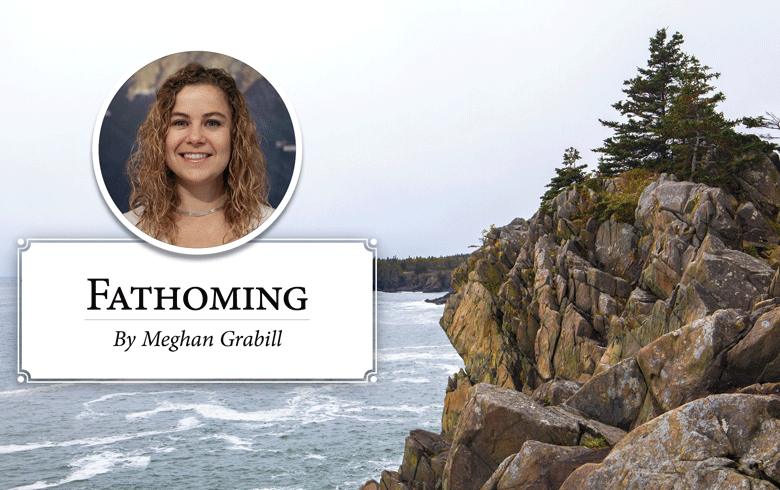Resilience is one of those buzz words that seems to be everywhere these days. It is the new version of sustainable, but with even less of a clear definition, therefore making it infinitely harder to measure.
A while back someone described it as not attaining resilience, but continually striving for it. It was a bit of an epiphany for me. Resiliency is not a state, it is a way of life.
The point of being resilient is to be able to overcome adversity and bounce back from crises. Over the past two years the world has seen its share of challenges; some were immediate, like the pandemic, and others span a longer time horizon, like climate change. Resiliency is what helps communities navigate these changes.
Another source of federal funds coming to Maine is for alternative fuel corridors where $19 million will help…
In the Island Institute’s upcoming fourth publication in the series, Waypoints: Navigate, topics related to Maine’s coastal communities and their resiliency are investigated more deeply.
A central topic in this edition are those factors that make the Maine coast a welcoming, attainable place to live. Affordability of housing is a key concern for many communities. This is not surprising considering the steadily increasing price of property near the coast and the decreasing number of days a property is on the market.
In 2011, the median cost of a property in a coastal community was $206,000 and it spent 83 days on the market. In 2021, the median cost was $380,000 and median days on the market was only seven.
Another area of focus delves into the wage necessary to live in coastal communities. Individuals and families must make a minimum amount of money to pay for necessities like shelter, transportation, and food. In some communities the median household income is greater than the cost of living, indicating that a larger proportion of residents can meet basic costs and have some money for discretionary spending. However, in many of our communities the opposite is true.
Preparedness along our coast is something all communities need to address. It starts with assessing the risk or threat, planning for how to deal with it, finding the funds to make the change, and finally making the change.
Comprehensive planning is a tool communities can use to guide their future. Due to the large amount of time it takes to complete a comprehensive planning process, along with the technical resources necessary, not all coastal communities have completed one, and even fewer have updated in the past ten years. Additionally, communities with plans can submit them to the Department of Agriculture, Conservation, and Forestry to determine if it is consistent with the Growth Management Act, which gets the community some privileges and protections.
Along the coast, about 40% of communities have updated plans that are currently consistent with the Growth Management Act.
Funding from federal and state governments, along with local organizations, can make a huge difference. The funds awarded to selected coastal communities to build out broadband will move Maine toward having affordable, high-quality internet for everyone.
Another source of federal funds coming to Maine is for alternative fuel corridors where $19 million will help expand public electric vehicle charging stations and other alternative fuel options.
Since Maine needs to add 75,000 workers by 2030 to offset attrition and grow, different workforce pathways are needed to get there. There are 13 career and technical education centers high school students can access along the coast to attend a variety of programs.
Coastal graduating seniors attend two- and four-year institutions at roughly the same rate (67%) as their peers across the nation (68%), which is slightly higher than Maine as a whole (64%). Giving youth a range of options to explore potential careers is one key to a resilient economy.
Other topics covered in the publication include infrastructure loss from rising seas, occupational diversity along the coast, and a look at change in the landing value of the lobster fishery.
Because resiliency is ever-changing, it is a difficult topic to capture in a publication. Many of the datasets explored are changing annually, if not monthly. However, the data and statistics covered in Waypoints: Navigate are important to anyone living along or who has an interest in the coast of Maine. The publication may not be able to tell how resilient one community is, but it gives insights to areas where we can continually strive for greater resiliency.
Check out islandinstitute.org/waypoints for past editions and get added to our mailing list for Waypoints: Navigate which will be released this summer.
Meghan Grabill is a senior community development officer with the Island Institute, publisher of The Working Waterfront, working on community data. She holds a Ph.D. in regional development planning. She may be reached at mgrabill@islandinstitute.org.





